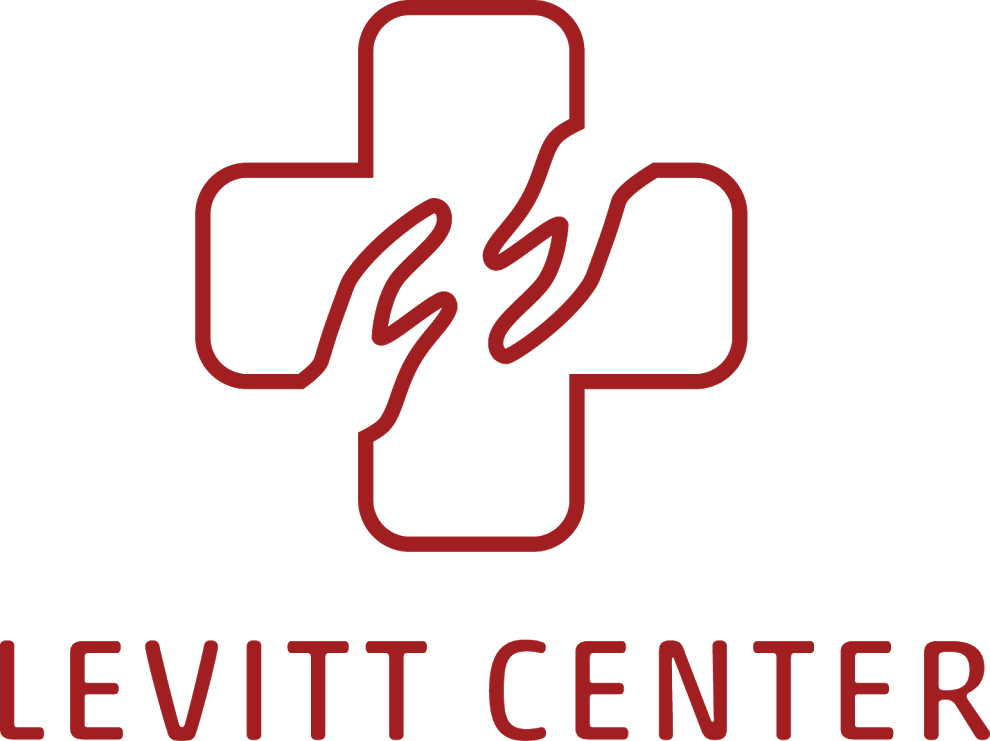Belated Report From Phoenix: Still Walking On Air
Hard to believe that I never posted after our amazing panel in Phoenix. I was joined by several members of the Levitt Center’s Scientific Advisory Committee for a didactic session at the Society for Academic Emergency Medicine’s annual meeting. It was a bold move on the Program Committee’s part to select our unorthodox proposal. I think we did not disappoint them.
To lead off, I gave a (I hope) mercifully short overview of key concepts in Social Emergency Medicine: our relationship to public health, social epidemiology and social medicine; an introduction to the Levitt Center; a couple of examples of prior work that we hope to carry forward into this new framework. I will try to work through some of these topics here in the blog over time.
Next came Jim Gordon, whose editorial in Academic Emergency Medicine a few years back on the emergency department’s place in the social safety net I found so inspiring. I have known Jim for nearly 15 years, since we were both fellows, and his thinking has always impressed as (paradoxically) simultaneously broad and focused. He worked through the relationship between medicine and social welfare, making a case for – to simplify a little – the role of the sandwich in the ER doc’s medical kit. It was a brilliant moment.
Bob Lowe spoke next about the Institute for Healthcare Improvement’s initiative on reducing avoidable ED visits. In his 15 minutes, he turned on its head our notion of avoidable visits, focusing on visits that most of us would consider our bread and butter. But the congestive heart failure exacerbation is avoidable with proper primary care, the motor vehicle collision trauma activation is avoidable with proper seat belt laws and the elder hip fracture visit is avoidable with proper injury prevention initiatives. Not the colds, med refills, chronic pain visits we typically view as avoidable. And very thought-provoking.
Renee Hsia followed, with an expansive view of structural issues in Social Emergency Medicine. This was such a nice illustration of the bi-directional relationship between social forces and the medical care system acting on community wellbeing through the ED. Renee took us through ways in which policy pushes on community wellbeing through maldistributed ED closures and trauma center closures.
Karin Rhodes was not present at the meeting, but sent her data anyway. This was Karin’s way of respecting the boycott of Arizona commerce without boycotting SAEM. Istood in for her (she’s much more charming, by the way) and presented her data on the relationship between exposures to social deprivation and health status. This was an excellent counterpoint to Renee’s macro view, and demonstrating nicely to pressures that we are trying to uncover through Social EM.
At our peak we had about 65 people in the hall, which was cavernous. Not bad for Saturday afternoon, when many SAEM attendees have had their fill and are out to find presents to bring home to the kids. The audience remained engaged throughout, and those who stayed on asked such penetrating and constructive questions that I wanted everybody to join the SAC.
It was such a remarkable afternoon for me; such a culmination and at the same time a dawning of a new energy for the process. I want to thank publicly (as much as this blog’s small audience is public) all those who attended the panel, those who believed that it would add to the Annual Meeting, and especially those who stood with me to unveil this young field to our peers.
